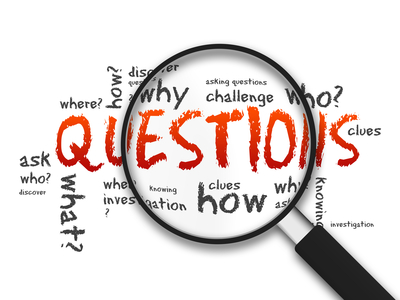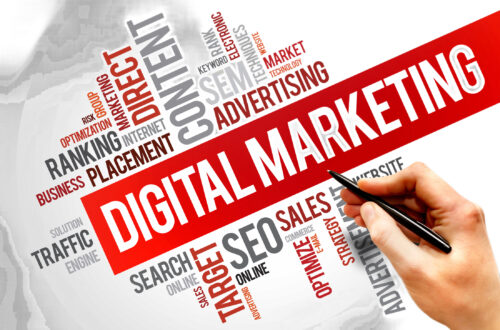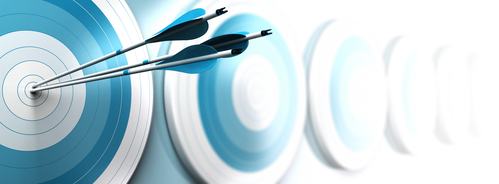There are three web design layout types. Use our information below to find out which one you want to use. Liquid Layout This layout style resizes to fill your browser screen regardless of your screen resolution. Fixed Layout This is the most popular layout style on the Web. It is…
-
-
Top Five Web Design Myths
Here are my top five web design myths and answers to each one. Search engine spiders can index Flash so I’m okay if my website has been built in Flash. How long it takes to load a website page doesn’t matter – everyone has DSL anyway. I like an entry…
-
Adobe’s Kool Kuler Picker – Kuhler
Adobe has a very cool, whoops kuhl, color picker our called Kuhler and it is KUHL! This flash application allow you to custom pick colors for a new web design, graphic artwork, test new schemes, save them and in general see what works visually before you design it. I consider…
-
Use CSS for Print Friendly Pages
It used to be that if you wanted a print friendly page version of each page of your website you made one and blocked the search engines from indexing them as duplicate content by blocking them in your robots.txt file, but now you can get your printer friendly page with…






